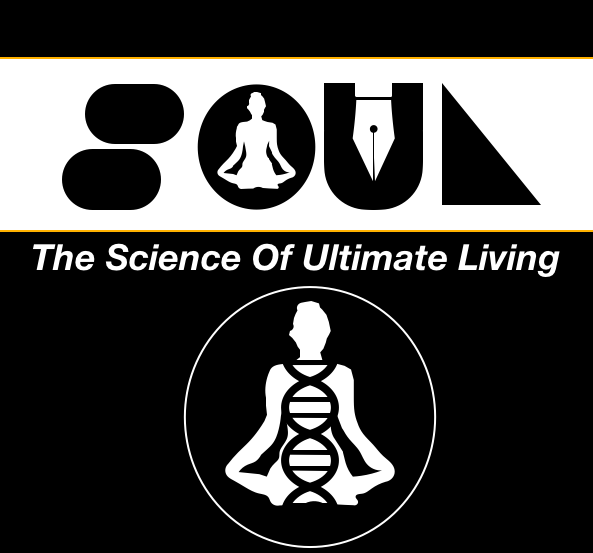
Milk is a common drink in India and is considered healthy. But do you know that there was a time when you could die just by drinking milk? Milk has an interesting history. One of the significant ways in which agriculture changed us is our ability to digest milk as adults. Look around and you won’t find any adult animals drinking milk, apart from humans and their poor pets. While we give cow or buffalo milk to adult cats and dogs, and they often seem to like it, they are lactose intolerant. So, please do them a favour. Don’t give them milk. All humans, 12,000 years ago, were lactose intolerant. Milk contains lactose, which gives it a sweet flavour. Lactose can only be broken down by an enzyme called lactase, which only babies can secrete. Babies are lactose tolerant, thanks to the gene LCT. The activity of this gene stops in adults, making them lose the ability to digest milk. However, somewhere between 5,000 to 10,000 years ago we started domesticating animals. We also started to drink their milk just because it was easy nutrition, especially during famines. It did not go well with most adult tummies. But, it was a better option than dying by starvation. This desperate attempt changed some of us.
A few groups of individuals developed the ability to continue secreting lactase well into adulthood. This happened because of mutation, forced by our culture. This cannot be a random chance event because it happened independently four times in agropastoral communities. Darwinian natural selection cannot explain it. Such gene-culture coevolution would have surprised Darwin. Lamarck, however, would be laughing in his grave.
What about Indians and Milk? The cow is holy in India because of the multiple ways it helps us survive, from dairy products to agriculture, to being beasts of burden. We have a very ancient relationship with cows and buffalos, going back to Harappan Civilization. That should make all Indians lactose tolerant. The big surprise is that it does not.
According to a study by Irene Gallego Romero and team, the ability of Indians to digest milk comes from a particular gene (-13910*T allele), which is the same one as West Eurasians. It is present in high frequency in the North and Western parts of India, especially among pastoral communities like the Ror of Haryana. However, the frequency decreases towards the East and South. It is almost absent in North East India.

This distribution is a bit strange because it suggests a recent migration of people with the 13910*T allele from the West, most likely during the migration of pastoral communities from the Pontic Steppe after the decline of the Harappan Civilisation. However, archaeological studies show that the people of the Indus Valley had domesticated cows, water-buffaloes, goats and sheep 9,000 years ago. By 5,000 years ago they were the primary animals in the farm for labour, meat and even dairy products. Analysis of absorbed lipid residue from the pots of the Harrapan settlement of Kotada Bhadli confirms that the use of milk and dairy products in India goes back at least 5,000 years ago. If the people of the Harappan civilisation were lactose tolerant, and they later moved towards South India, why are nearly seventy percent of modern South Indians lactose intolerant? We are missing something.
More reading:
